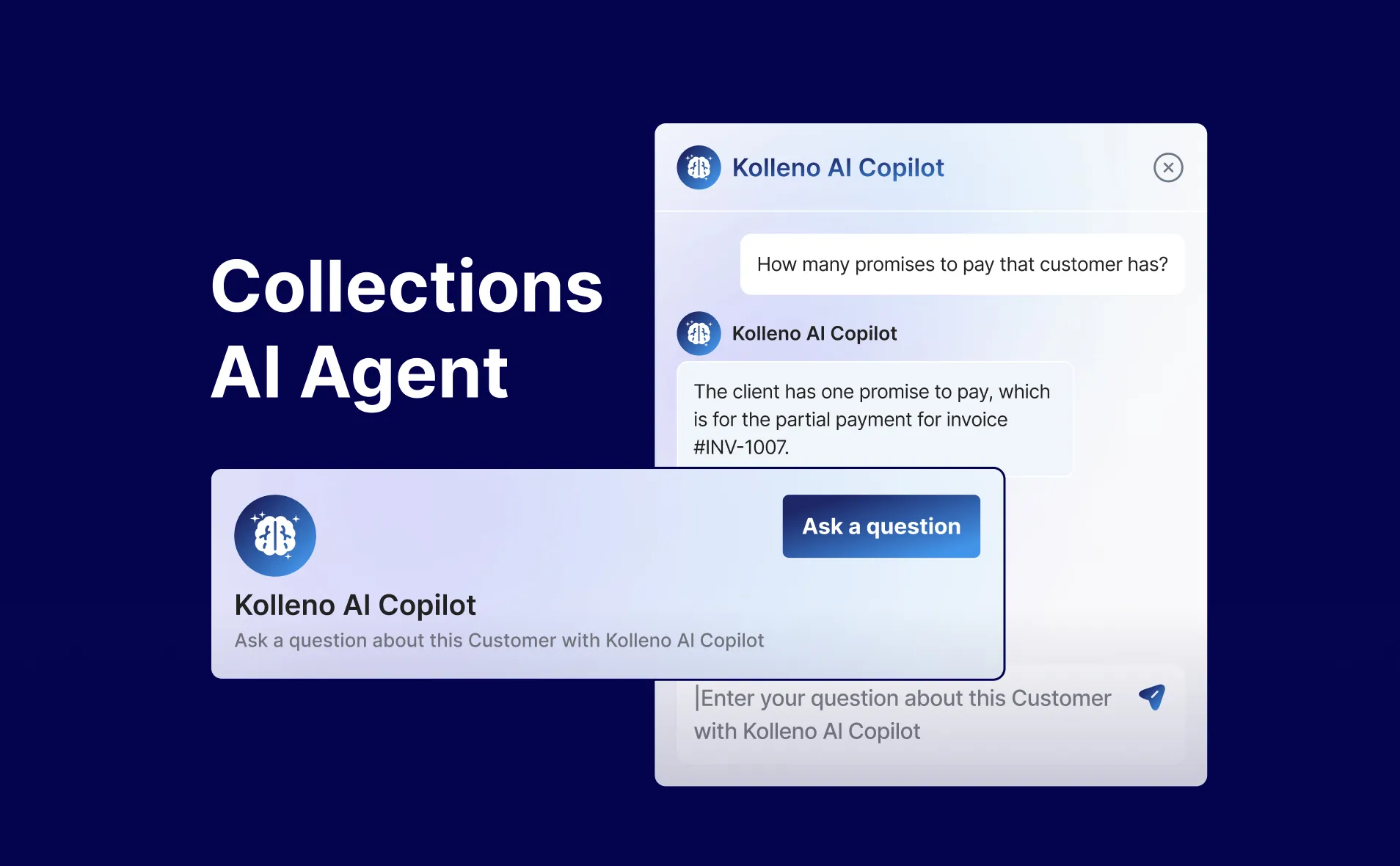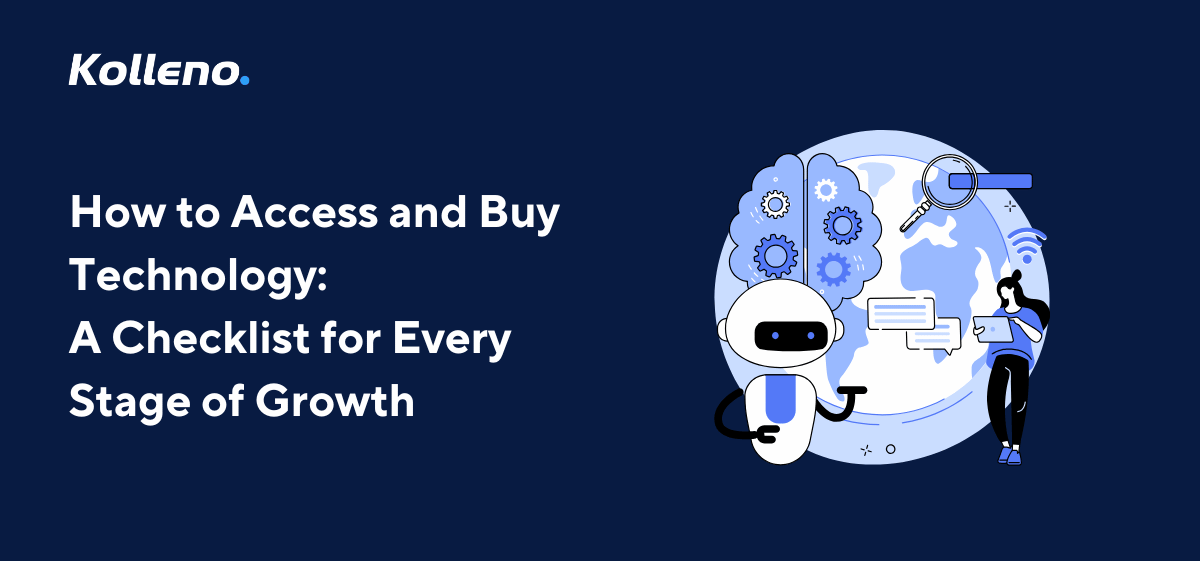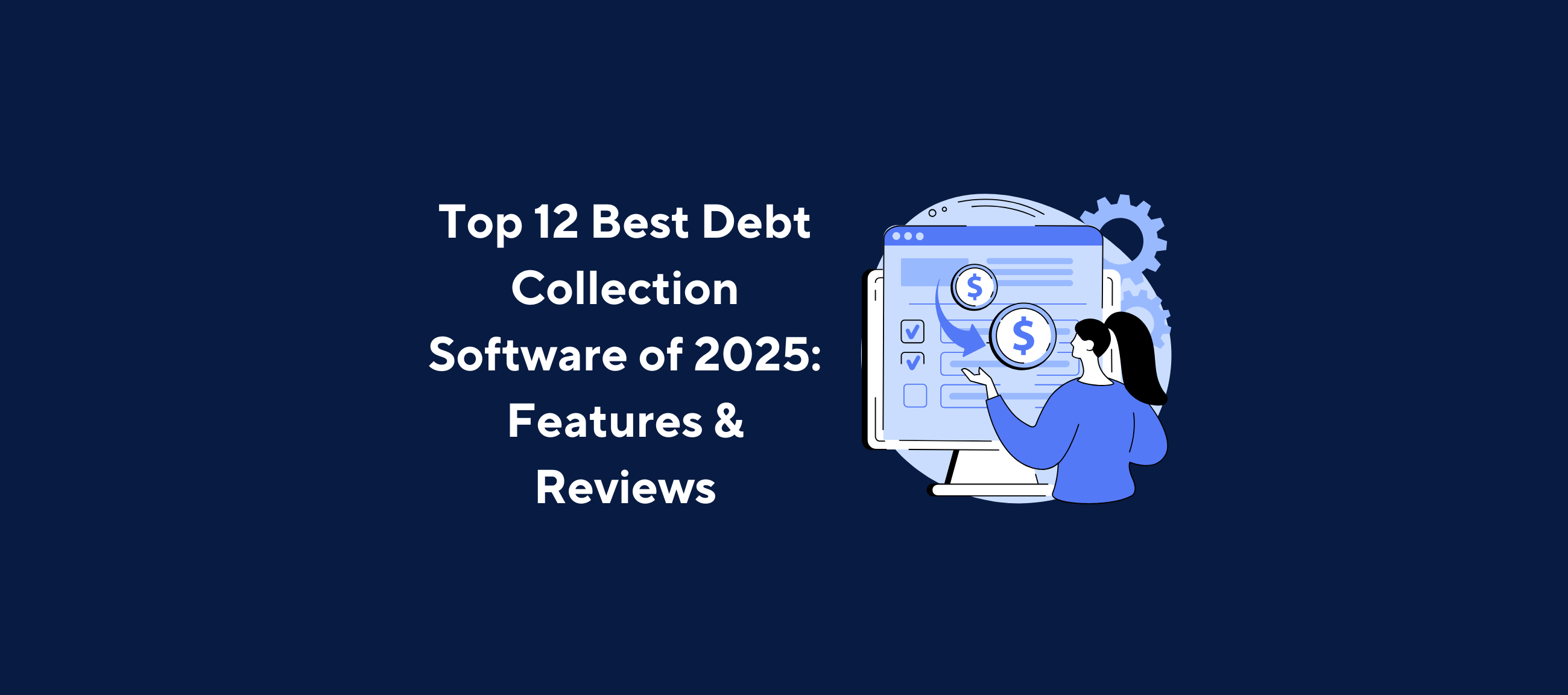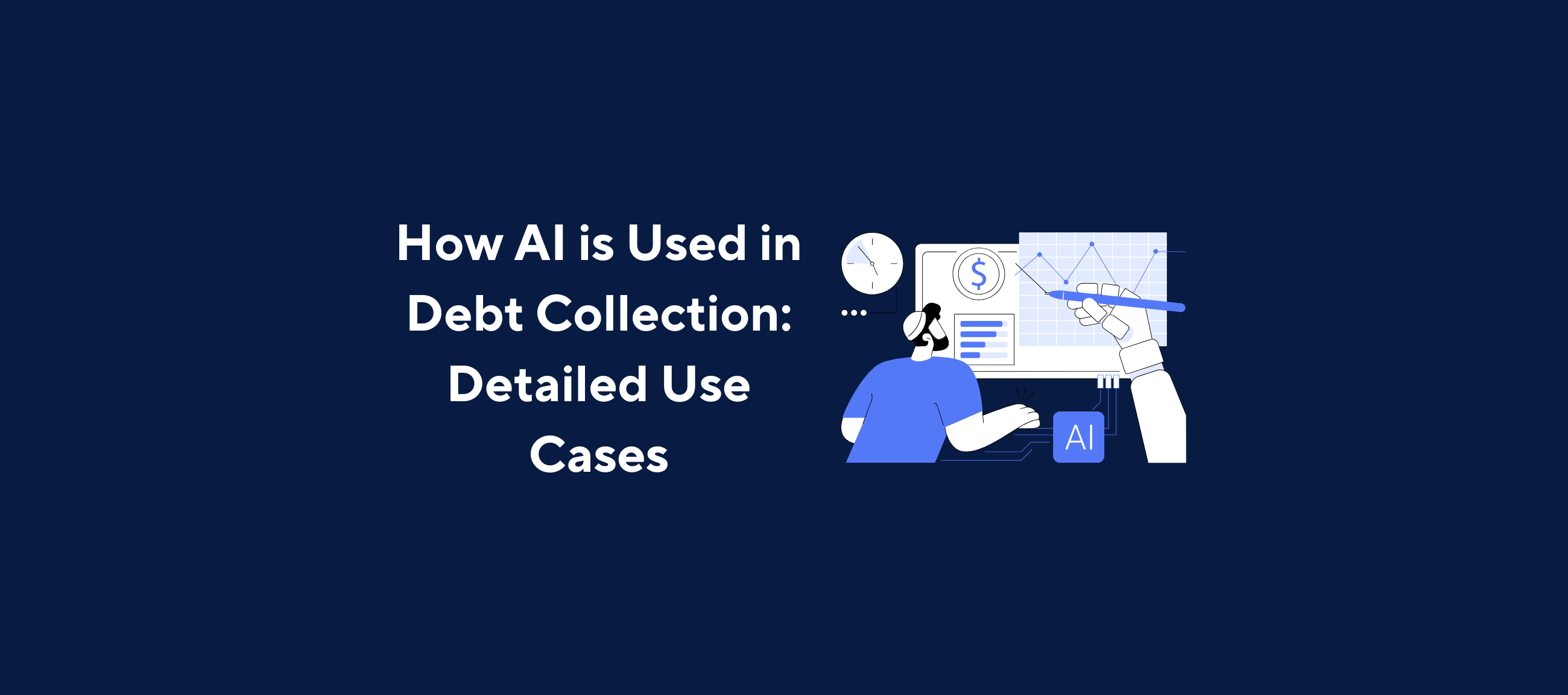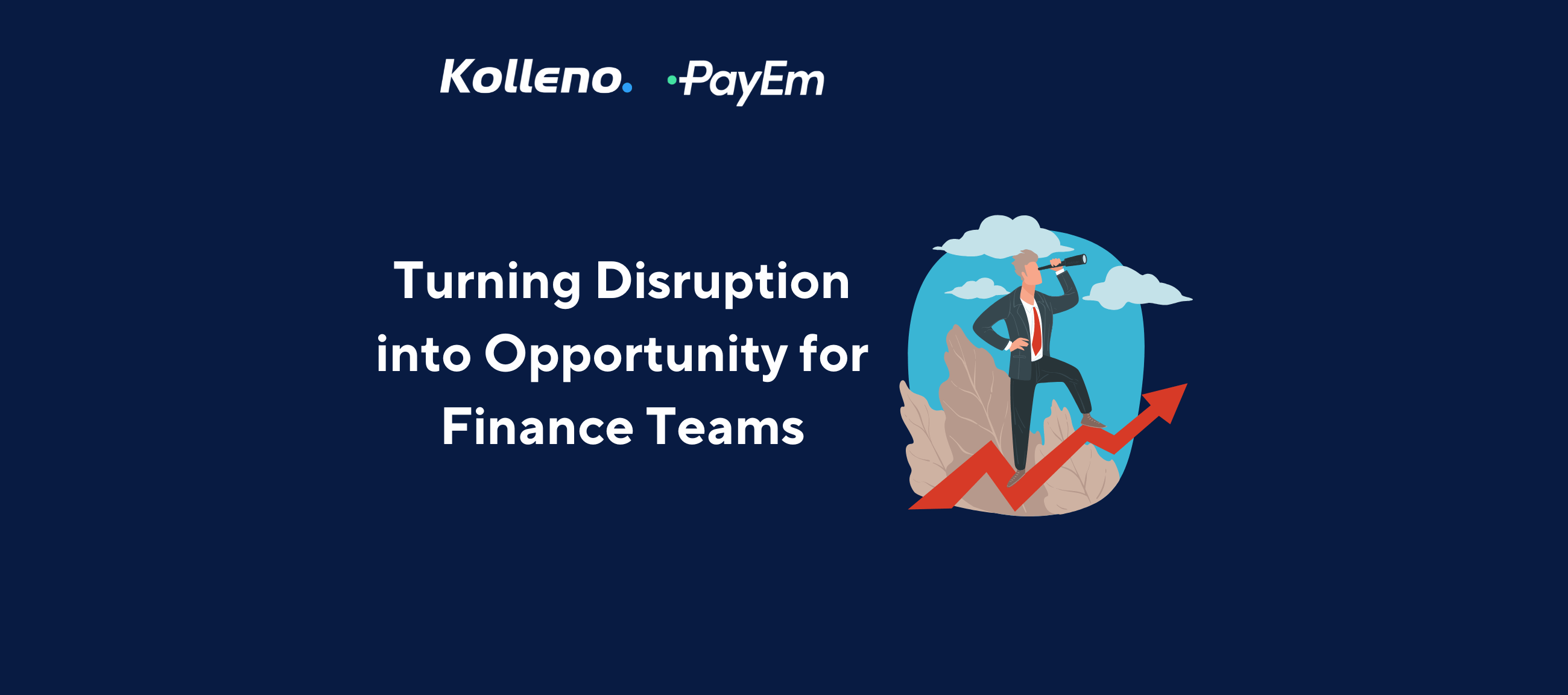In today’s hyper-digital economy, businesses are expected to scale rapidly, stay agile, and remain compliant—all while navigating an increasingly complex tech landscape. Yet, one consistent factor separates companies that thrive from those that stumble: a strong software foundation.
In a recent webinar hosted by 1Password, Avalara, and Kolleno, three experts —Irina Anichshuk (COO at Kolleno), Rebecca Balaz (Senior Finance Systems Manager), and Vini Da Silva (Tax Solutions Expert at Avalara) shared invaluable insights into how businesses can strategically build and evolve their software stack to enable and sustain growth.
Here are the top takeaways, practical steps, and future-forward strategies discussed during the session.
1. Understand the Phases of Growth and Their Software Needs
Every business journeys through distinct stages of growth: from startup to mature enterprise. Each phase brings new priorities—and new requirements from your software stack.
Seed/Startup Phase:
At this stage, businesses prioritize survival. Teams are lean, budgets are tight, and software must be simple, cost-effective, and quick to implement. Many rely on spreadsheets or basic accounting tools, with minimal IT support.
Early Growth:
Here, the focus shifts to performance and efficiency. Companies start investing in CRM or ERP systems, aiming to streamline manual processes. Software integration becomes increasingly important.
Growth to Scale:
As the business expands, scalability, automation, and compliance become top priorities. Finance and operations teams look for solutions that offer forecasting, custom workflows, and deep integration across departments.
Scale to Maturity:
At this level, enterprise complexity demands advanced analytics, AI-powered insights, and internationalization. Software selection is driven by long-term strategic alignment, risk mitigation, and robust vendor support.
Takeaway: Recognizing where your business sits on this curve helps ensure your software investments are not only timely but also future-ready.
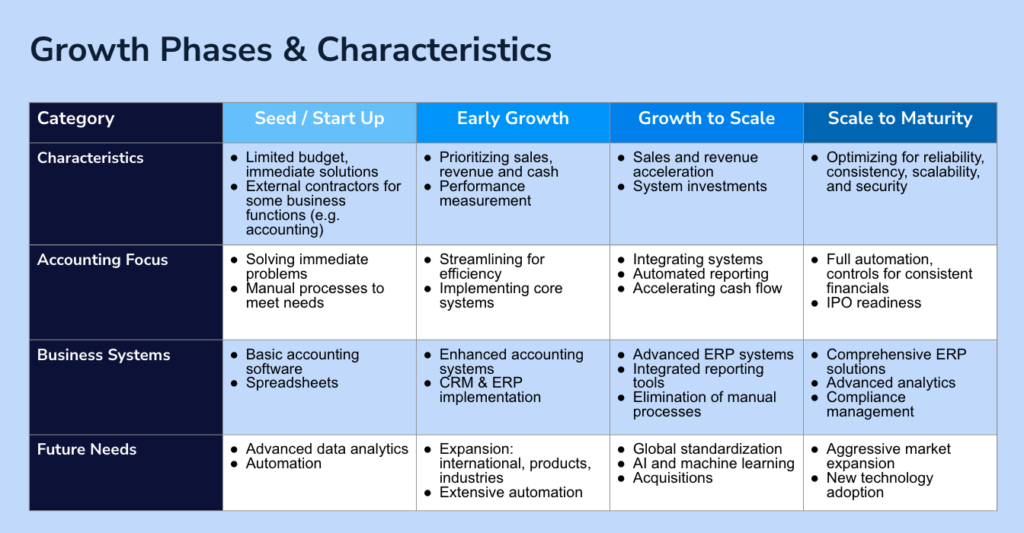
2. Match Systems to Complexity Without Overengineering
The temptation to overbuild can be as dangerous as underinvestment. It is crucial to tailor your stack to your current needs while planning for scale.
For startups, low-code or no-code solutions with minimal setup are ideal. But as businesses mature, complexity becomes inevitable. System integration, data governance, and compliance controls grow in importance.
“One-size-fits-all” doesn’t apply in software architecture. Instead, businesses should adopt a layered approach, starting with foundational systems (ERP, CRM, financial management) and building up with specialized tools (e.g., tax compliance, security, AI analytics).
Pro Tip: Invest early in tools that integrate well and scale effortlessly. This minimizes re-platforming pain down the line.
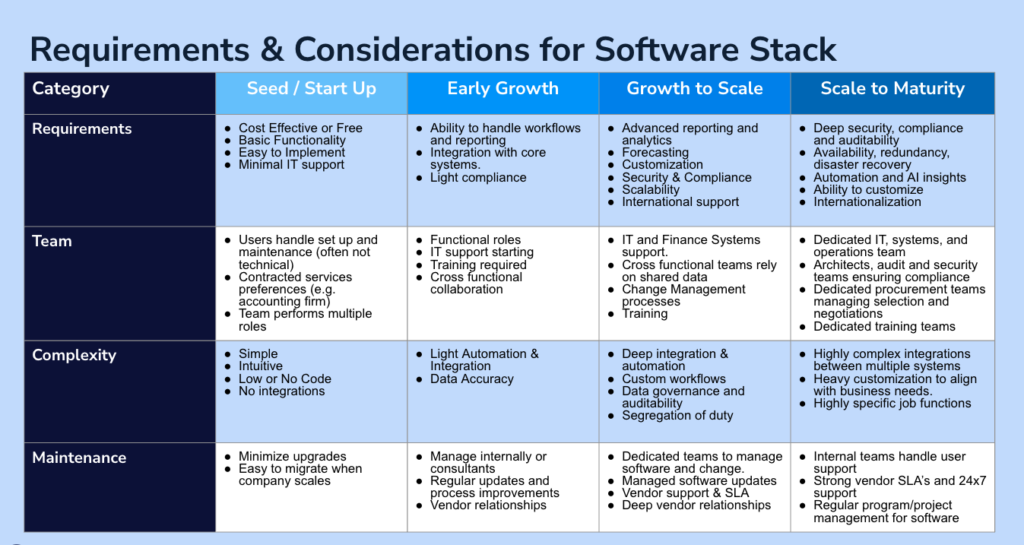
3. Why Companies Delay and Why They Shouldn’t
Despite the benefits of scalable software, many businesses delay implementation due to perceived hurdles: high costs, team resistance, fear of disruption, or lack of internal expertise.
The trick is to shift the narrative from “cost” to “ROI.” For example, automating invoice collections might seem like a backend improvement—but it directly impacts working capital and cash flow.
Long-Term Risk:
Delaying system modernization can lead to operational debt, manual workarounds, siloed data, and inefficient reporting, which eventually slows down decision-making and growth.
Action Step: Reframe software discussions in terms of business impact. How will this tool improve revenue velocity, reduce risk, or free up strategic capacity?
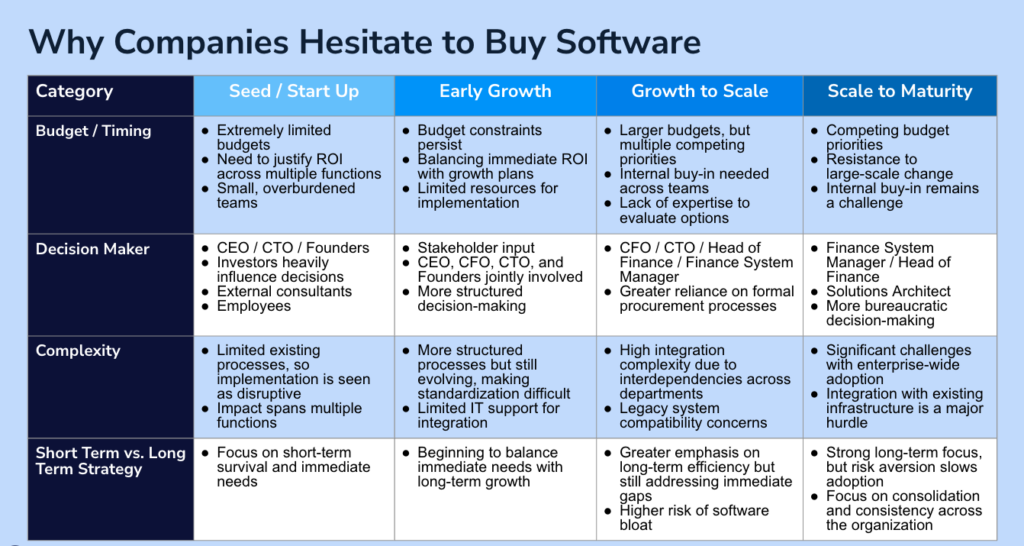
4. Don’t Underestimate the Role of Security
In today’s world of remote work and global teams, security is no longer an IT silo. It’s a company-wide responsibility. 1Password’s core focus on secure credential management reflects a growing recognition that human error is the weakest link in cybersecurity.
Rebecca shared how finance systems are frequent targets of attacks and emphasized integrating security protocols right from the start. Solutions like SSO (Single Sign-On), encrypted vaults, and audit trails not only protect sensitive data but also help meet compliance standards like GDPR or SOC 2.
Key Insight: Security must be embedded, not bolted on. Choose software partners with a security-first ethos and prioritize platforms with built-in compliance frameworks.
5. Tax Compliance is a Growth Enabler—Not a Back-Office Burden
Expanding into new geographies, especially across borders, brings an avalanche of tax complexities. Lots of businesses underestimate the compliance burden when selling into the U.S. Each state has different rules. You may be compliant in California but completely out of sync in Texas.
Manual processes quickly break down when faced with thousands of tax jurisdictions. That’s where automation tools like Avalara help by seamlessly integrating with ERPs and ecommerce platforms to calculate, file, and remit taxes across borders.
Growth Tip: Treat tax automation as a proactive strategy. It reduces risk, unlocks new markets, and frees up internal resources for strategic work.
6. Build Cross-Functional Alignment Around Software Decisions
One of the webinar’s most actionable themes was the importance of cross-functional collaboration in software selection and implementation.
In early stages, founders and CTOs often make tech decisions. But as complexity grows, successful organizations shift toward a more structured, collaborative approach. CFOs, finance systems managers, compliance officers, and even HR play a role.
Irina shared that within Kolleno’s own growth, success came from involving multiple stakeholders early. “When we evaluated NetSuite integrations, we had finance, operations, and customer success all at the table,” she said.
This collaboration reduces silos, ensures better data quality, and drives adoption across teams.
Actionable Framework:
- Involve end-users in the discovery phase
- Map workflows across teams before software selection
- Align software KPIs with business goals (e.g., faster month-end close, higher cash recovery)
7. What Future-Ready Software Foundations Look Like
The future of growth-enabling software lies in leveraging AI and automation to eliminate manual, time-consuming tasks—freeing up teams to focus on high-impact, strategic work.
The core functionalities of future-ready software foundations are:
- Deep Integrations: Systems that talk to each other in real time—eliminating data silos.
- AI & Predictive Insights: From smart forecasting to anomaly detection in finances and tax filings.
- End-to-End Automation: Manual workflows become rare as software automates reconciliation, reporting, and compliance.
- Scalable Security: Zero-trust architectures and continuous monitoring built into the stack.
- Modular & Customizable: Businesses can plug in new capabilities without tearing down what already works.
Emerging Trends to Watch:
- AI copilots for finance automation
- Blockchain-based audit trails
- Embedded compliance within transactional systems
- Real-time cash flow dashboards
What You Can Do Today
- Audit your current stack. Is it helping you grow—or holding you back?
- Start conversations across departments. Finance, IT, Ops, and Sales all have valuable perspectives.
- Prioritize integrations. Siloed systems slow you down.
- Put security on the agenda. Don’t wait for a breach to take action.
- Think global, act local. Plan for international compliance even if you’re not there yet.
Final Thoughts: Start Where You Are, Plan for Where You’re Going
There’s no magic formula for building the perfect software stack. But the companies that scale successfully share three things in common: they invest early in the right foundations, align their teams around shared data and goals, and adapt their tools as they grow.
Whether you’re navigating the chaos of early growth or optimizing at the enterprise scale, the path forward is clear: build intentionally, secure proactively, and automate relentlessly.
It’s not just about buying software. It’s about building a foundation that powers your future.
Did You Find These Insights Useful? Watch the Full Webinar for More
Watch the full webinar recording to learn more about how to navigate the software buying process.
- 1. Understand the Phases of Growth and Their Software Needs
- 2. Match Systems to Complexity Without Overengineering
- 3. Why Companies Delay and Why They Shouldn’t
- 4. Don’t Underestimate the Role of Security
- 5. Tax Compliance is a Growth Enabler—Not a Back-Office Burden
- 6. Build Cross-Functional Alignment Around Software Decisions
- 7. What Future-Ready Software Foundations Look Like
- What You Can Do Today
- Final Thoughts: Start Where You Are, Plan for Where You’re Going
- Did You Find These Insights Useful? Watch the Full Webinar for More
